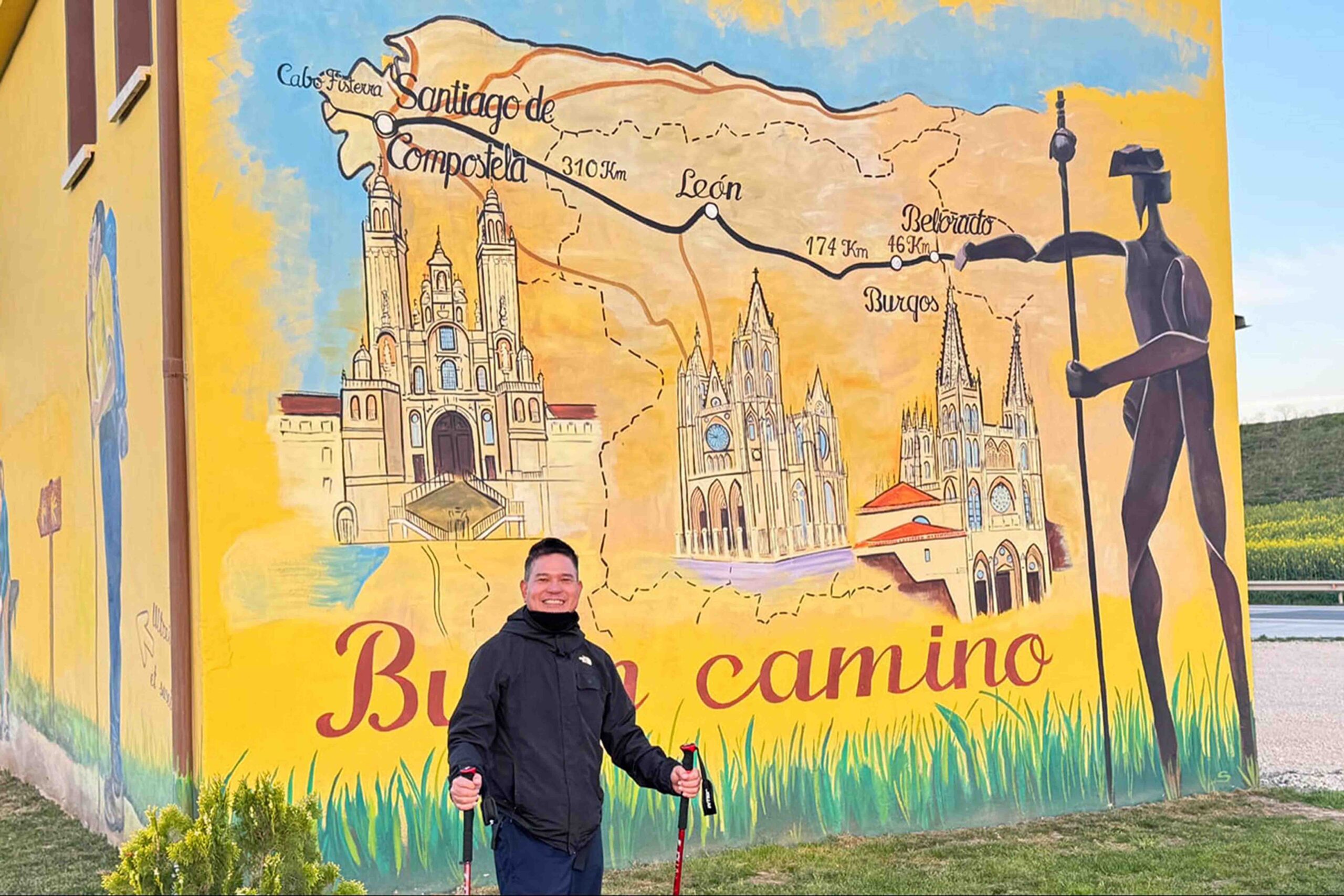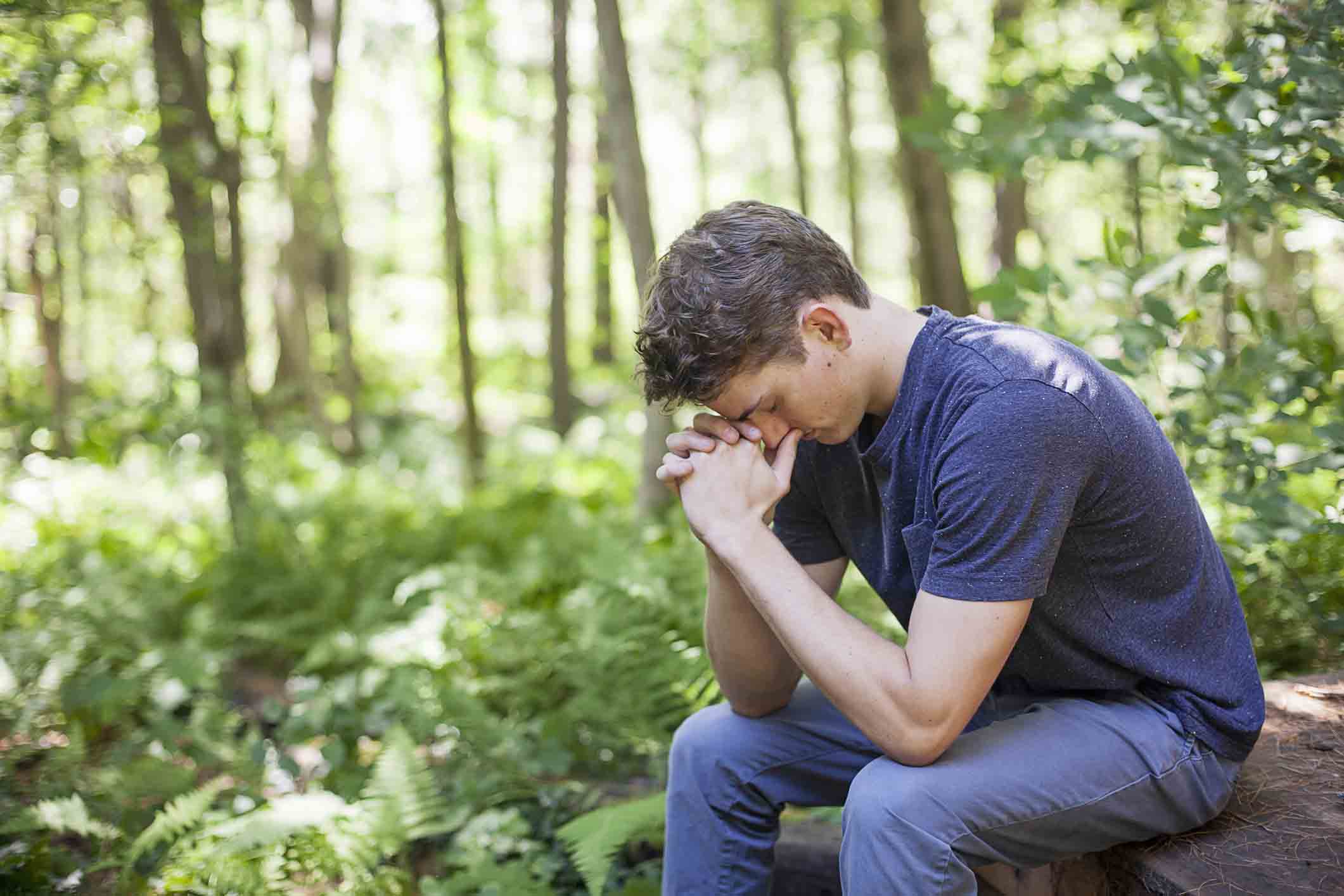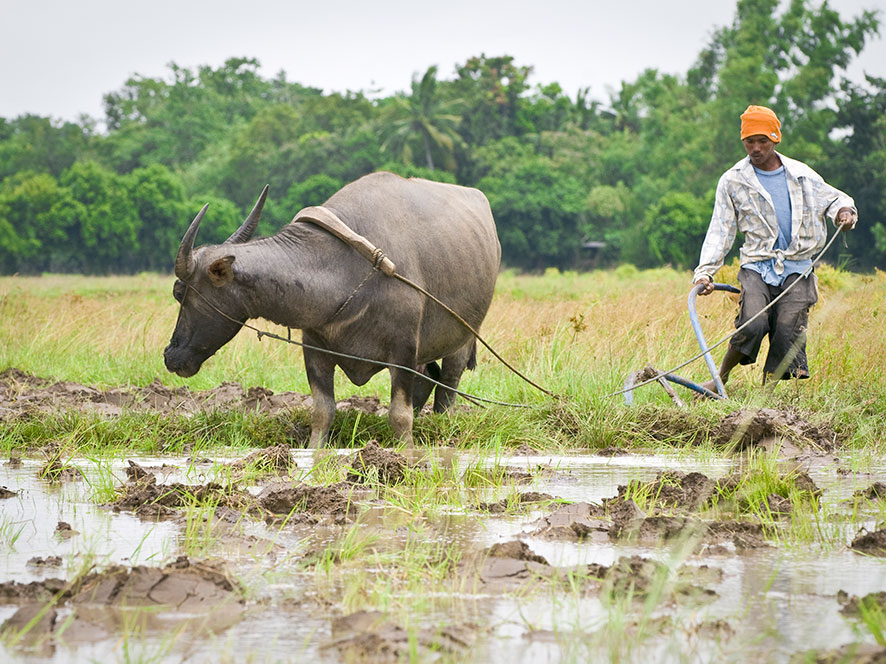Doing the Camino has been on my “bucket list” since 2005, when I first heard about it from a German friend. I listened in awe and promised myself that I would go as soon as I retired. But every year thereafter, I found every reason not to do it. The distance and the time it would take intimidated me.
Finally, a month ago, after hesitating for nearly two decades, I entered the Camino from Ponferrada in Spain, while I still had the will and strength–and well before I kicked the bucket. The path I and my three companions followed is a segment of the Camino Frances and is about 215 kilometers to Santiago. A pilgrim must do the last 100 km on foot or on horseback to qualify for the Compostela, a document issued by the Cathedral in Santiago de Compostela certifying that the pilgrimage has been undertaken.
Those who undertake the Camino de Santiago (the Way of St. James) do so for many reasons other than the pursuit of religious devotion to St. James or, as he is more popularly known in Galicia, Xacobeo or Santiago. The idea of crossing on foot the countryside of northern Spain–from the French Pyrenees to somewhere close to the Portuguese border–at once signifies an opportunity to test one’s capacity for solitude, or, as the case may be, one’s aptitude for conversation with fellow travelers one meets along the way. At the very least, it is a measure of one’s ability to traverse long distances on foot over many days without, at some point, being overcome by the utter pointlessness of it all.
MANY ROUTES
Indeed, as they often say, there is not a single Camino. There are rather many routes to the same destination–both in the literal and metaphorical sense. No Camino experience is the same as the other, for, as in life, every traveler brings into the journey the complexity of their inner lives, private troubles, guilt, hopes, and dispositions.
Many people do the Camino as an act of gratitude after, for example, surviving a dreaded illness, or as a way of dealing with intense grief after a loved one’s death. Others have done so as an act of penance, or as an end-of-life review of what they have done with the gift of life.
Some say they regularly do the Camino as a way of unplugging from the habits and routines of a world gone crazy. The reasons are varied and limitless, and quite often these may have little in common with the religious reasons that originally impelled the first pilgrims who trekked to the Cathedral of Santiago de Compostela throughout the Middle Ages to visit the tomb of Santiago Maior.
I must admit that I myself went on the Camino perhaps with no higher reason than because I liked walking. It clears my mind and strengthens my body. It gives me good feelings and helps me get past certain bumps in my life. I thought that a ten-day walk might also give me ample time to reflect on what I should do next in the remaining years of my life. But I had no illusion of being rewarded with a spiritual experience.
Because I grew up in Betis, a pious community whose devotion to Santiago Apostol is legendary, it should have been aspirational for me to go on this pilgrimage. But I have never thought of myself as a devotee or as someone seeking assurance of salvation. If anything, perhaps what I was hoping to take away from this experience was some clarity or a better understanding of what life is about particularly its absurdities. Albert Camus, the French Algerian writer and Nobel laureate, summed it up well. “What I wish for now is no longer happiness but simply awareness … The great courage is still to gaze as squarely at the light as at death.”
PREPARATION
Months before the trip, I not only prepared for the arduous walking in Europe’s late spring that could easily stretch 11 hours, sometimes in rain and fog. I made sure I had the right kind of trail shoes and socks and ample protection against cold and wet weather. I also made a list of things to think about and armed myself with AirPods, hours of audiobooks, podcasts, and music.
I feared boredom almost as much as physical injury and exhaustion. As it turned out, I needed none of these aids to solitary reflection. I used my AirPods only once, deciding to completely forego them after I was almost sideswiped in a narrow village road by a speeding car whose engine roar I didn’t hear.
Awareness–that was the key. I quickly realized it was all the mental disposition I needed to enjoy, not just endure, the Camino. This meant consciously opening all my senses and immersing myself in what I was hearing, seeing, feeling with my skin, smelling, and tasting, to be able to take full measure of this unique experience, and, I hoped, find in it some lasting spiritual or philosophical meaning.
I would be lying if I said I was completely confident that, at 78, I still had the stamina and patience to go through the Camino. Having trained for six months prior to the trip, I knew I could do 20-25 kilometers in a day at a leisurely pace. What worried me was doing that for ten straight days, across rolling hills and sometimes slippery terrain, without the restorative benefits of a full seven-hour restful sleep the night before.
There was one segment where we had to do 32 km in one day to make up for the previous day’s shortened trek of 17 km which entailed an elevation gain of 700 meters. We took more breaks to avoid cramps and conserve energy, assured that daylight was available until 10 p.m. That segment from Palas de Rei to Arzúa took us 11 hours.
I drew strength from knowing that I was with three younger companions–my daughters Kara and Jika, and Jika’s husband Brice, who had done the Camino before. Each time any of us fell behind, the others would instinctively slow down. At crucial corners where one could easily miss the signs and take the wrong turn, we waited for each other.
We made prior bookings at all the pensions and hotels where we would stay every night. While this assured us of accommodations, it also meant that we had to commit ourselves to completing the day’s walk and reaching our pension before nightfall. Instead of carrying all our clothes and necessities in a single backpack, as many younger pilgrims still do, we had our suitcases transferred every morning by the Spanish correo to the next pension or hotel.
SACRIFICE AND REWARD
My daughters made a list of eating places along the way and around our hotels, where we could have our biggest meal for the day. Camino y comida, signifying sacrifice and reward, became our favorite toast as we capped each day with a plate of cheese and a bottle of wine.
It dawned on us after the second day that the only way to ward off the onset of fatigue and the weakening of will was to stop calculating how much more walking we had to do to get to our next hotel or to Santiago de Compostela. The temptation to call a taxi and have oneself ferried directly to the hotel was always there. I kept reminding myself that something in the Camino trail itself called for one’s total attentiveness.
I realized that once I took this on faith, I effectively opened myself to the willful surprises of a magical experience. The moment I shed off my audio device, and stopped checking my watch and mobile phone, I instantly became aware of the relay of chirping sounds created by unseen flocks of small birds seemingly moving from tree to tree. They would fall silent each time I paused to look closer at where the birdcalls were coming from. Then as soon as I resumed walking, they would pick up their tune again as though to prod me to keep walking.
As one nears Compostela, the network of pathways that make up the Camino de Santiago begins to converge. One meets other pilgrims who had taken other routes–the Camino Portugues, the Camino del Norte, the Camino Primitivo, the Camino Olvidado, or the Camino Ingles, among others. Buen Camino! We greet one another with a timeless gesture of universal camaraderie.
The Spanish poet Antonio Machado captured the essence of the Camino as a metaphor for life in a famous poem: Caminante, no hay camino/se hace camino al andar. Traveler, there is no road. You make your own way as you walk. Published in Philippine Daily Inquirer

































